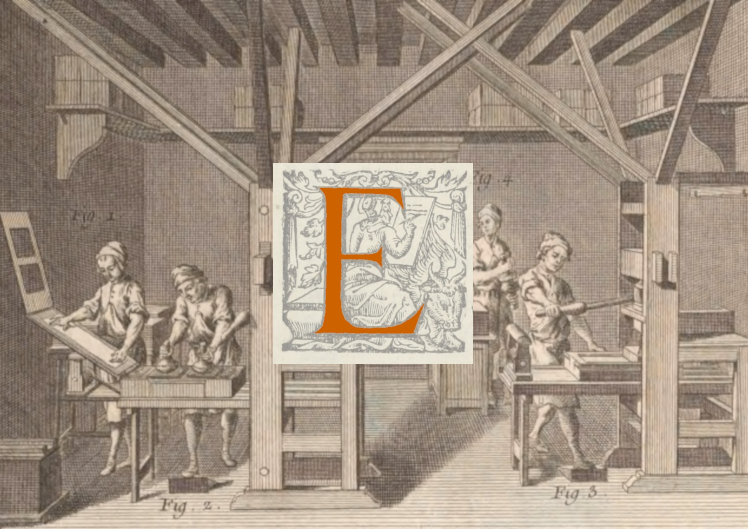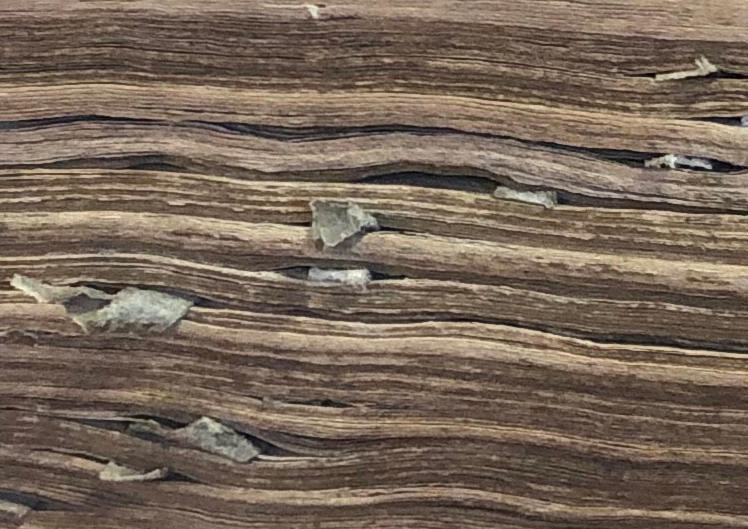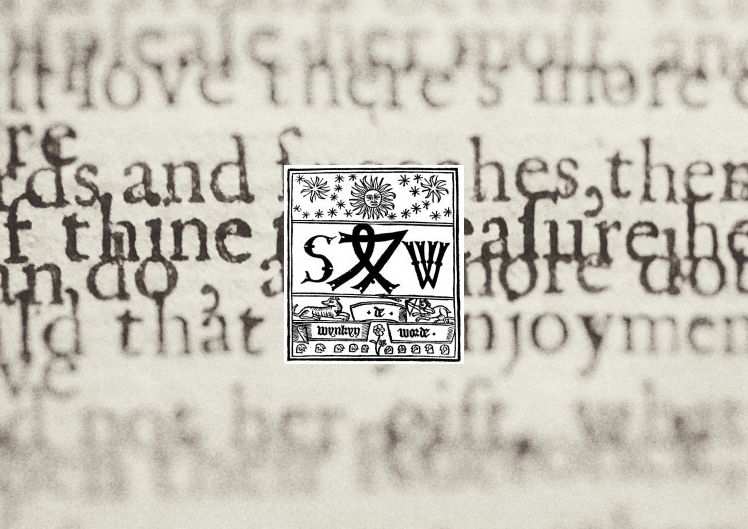Early Printed Books
A website for teachers and students showing examples and explanations of printed features of early books and providing pedagogical and research resources, designed both to work as a stand-alone site and as a supplement to my book, Studying Early Printed Books 1450-1800: A Practical Guide


